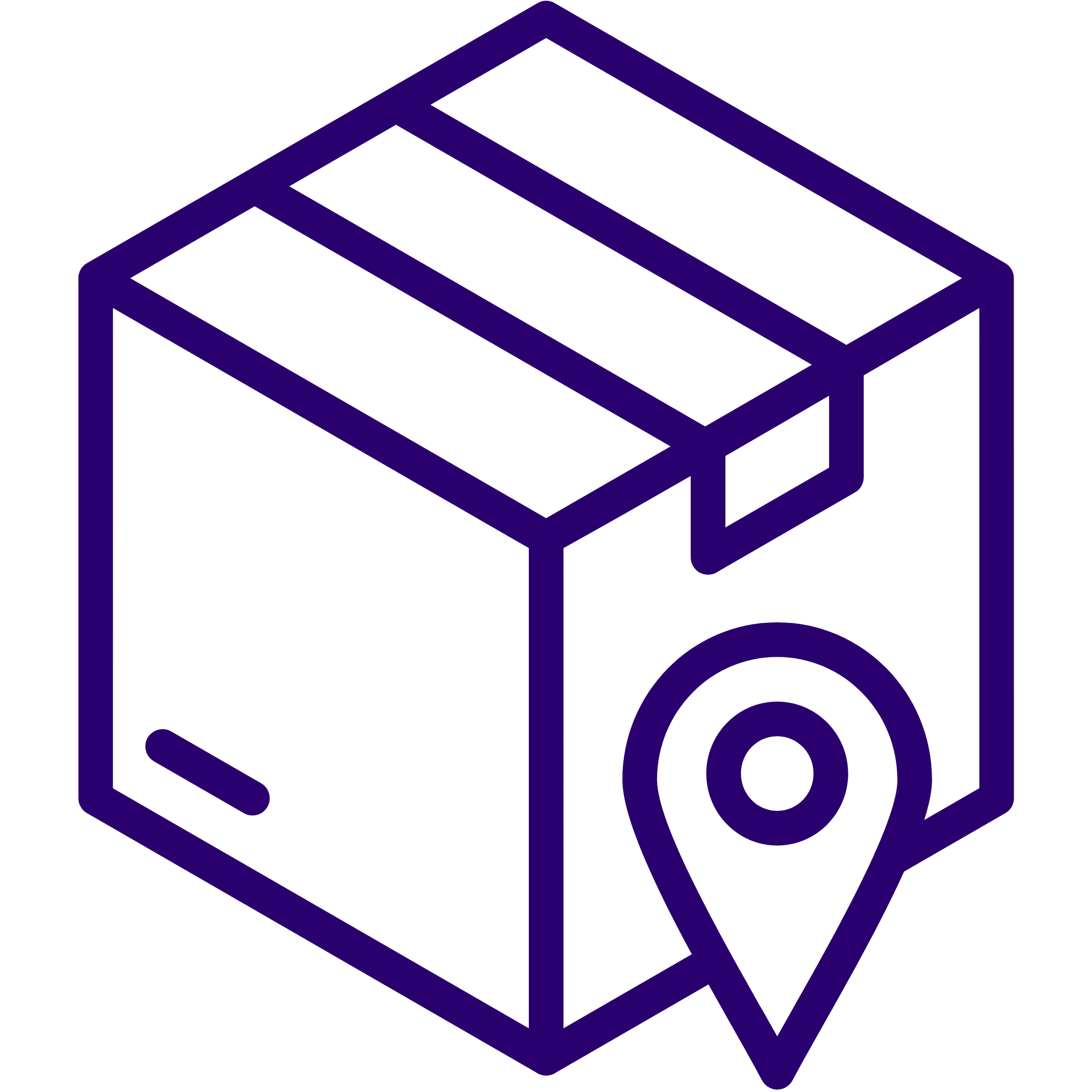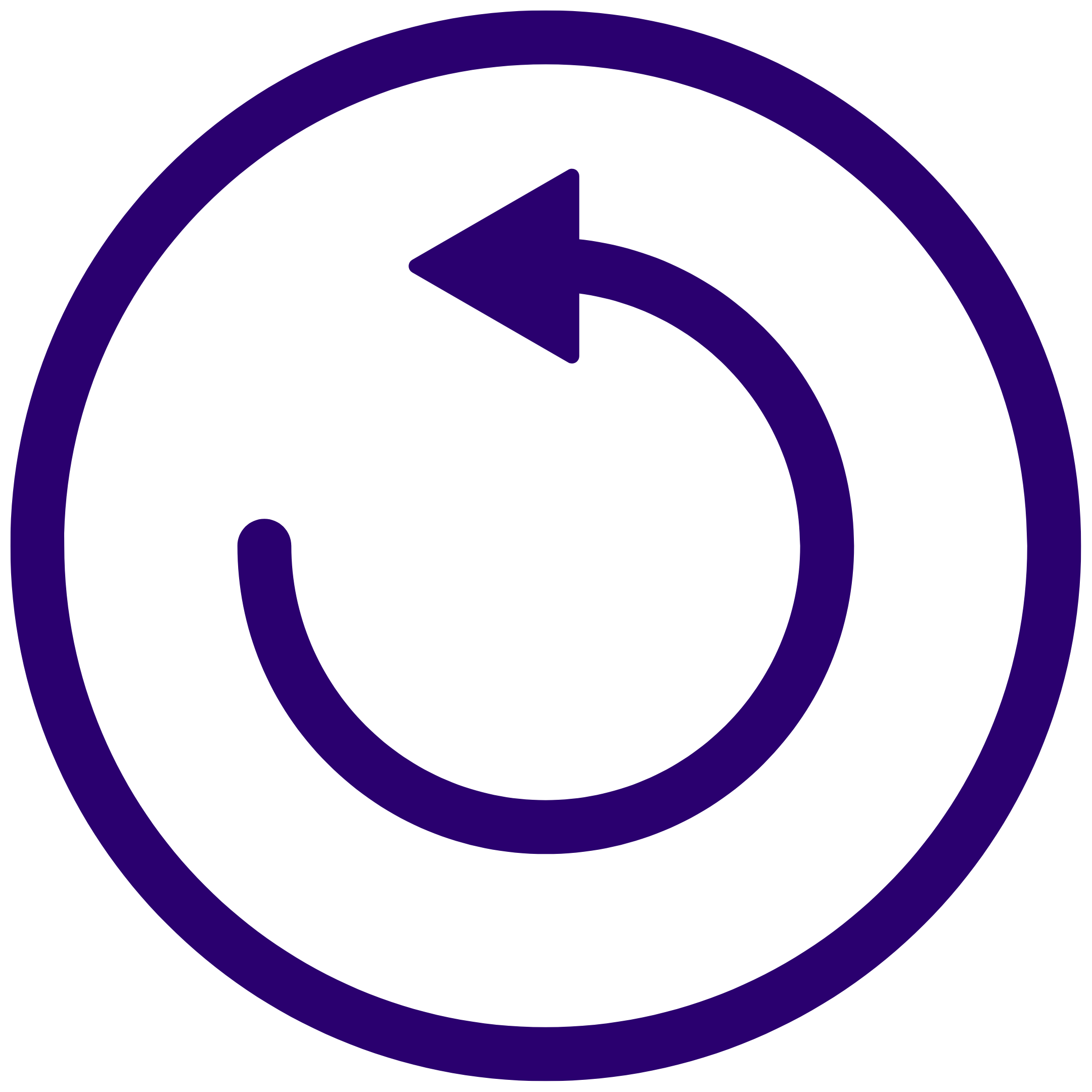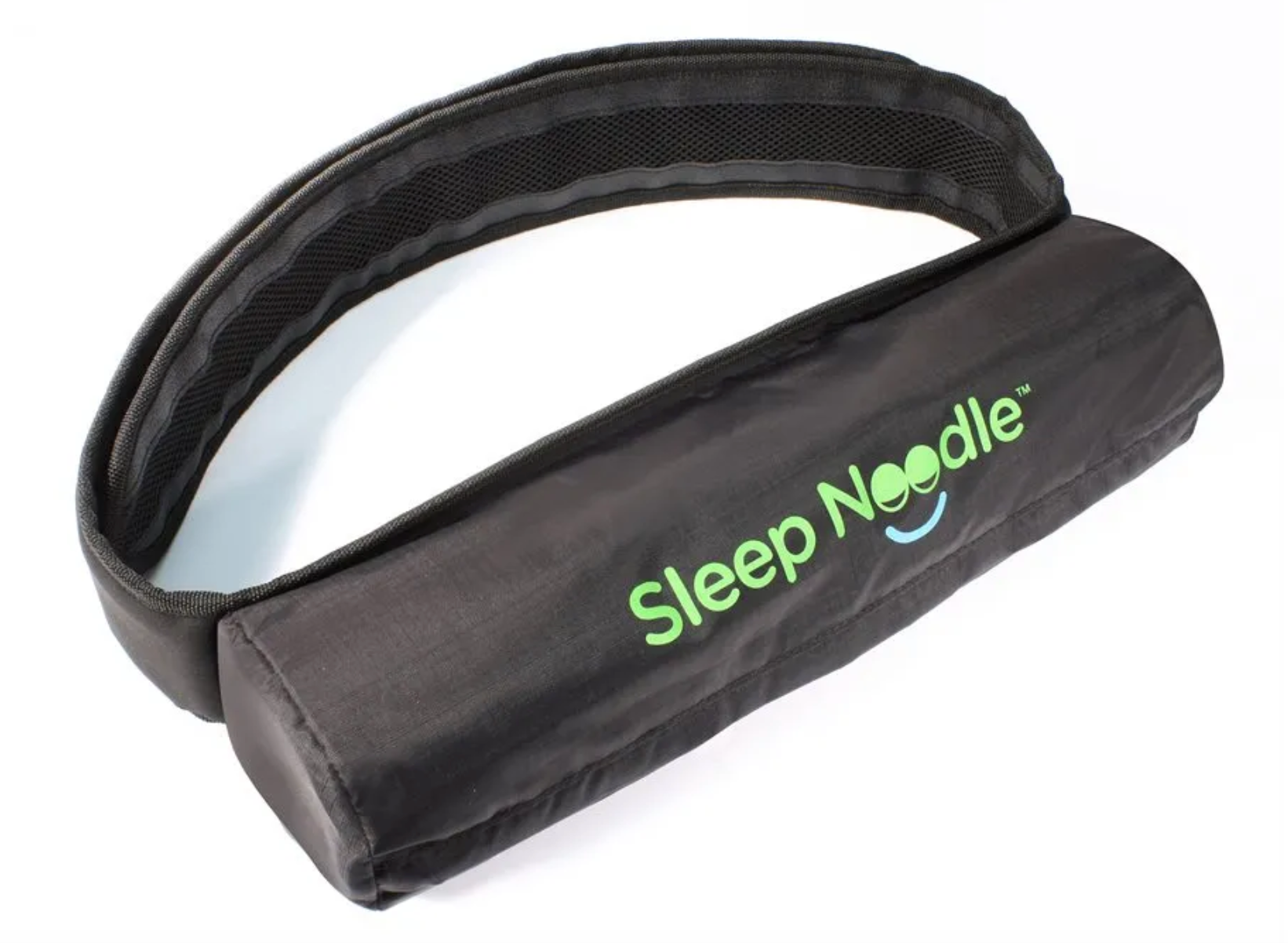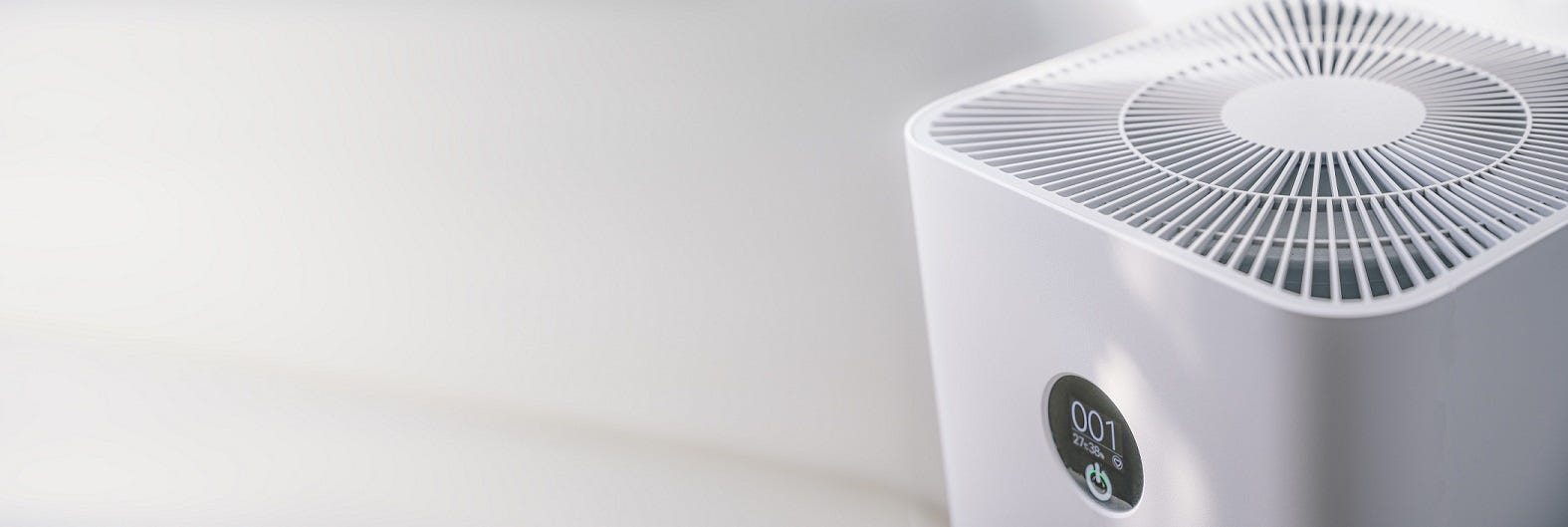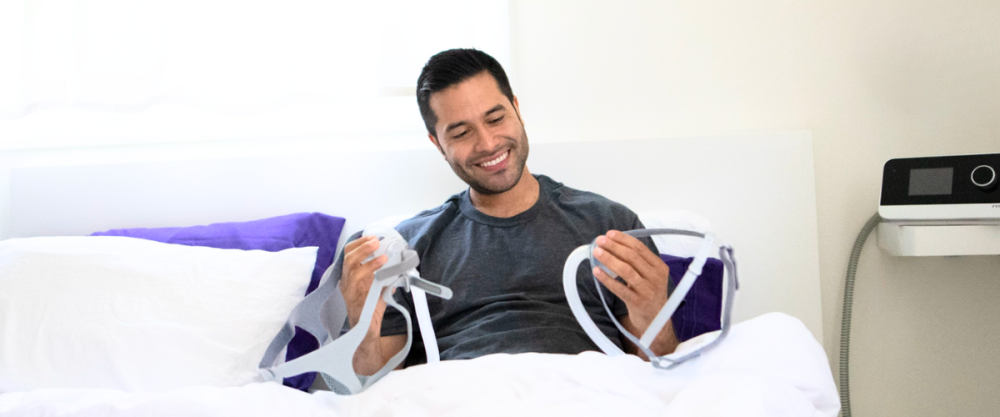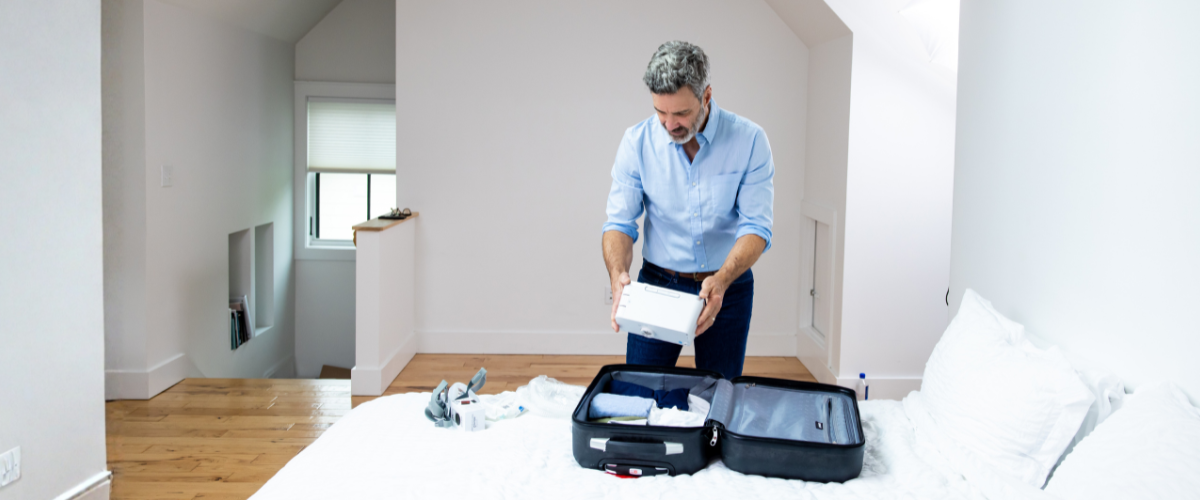Let’s face it: CPAP just isn’t right for everyone. If you’ve been diagnosed with obstructive sleep apnea (OSA) you’ve already heard that using a CPAP machine (continuous positive airway pressure) is the most effective treatment. You’ve heard that it takes time to get used to the airflow. You’ve heard that you just need to stick with it.
But you just can’t stand the face mask or the constant flow of air in your face. Can you treat sleep apnea without a CPAP? It's possible, but only with your healthcare provider's input. Read on to discover the top 5 CPAP alternatives to ask about!
Oral Appliances
Oral appliance therapy (OAT) is one of the most commonly prescribed alternatives to CPAP therapy. There are two main types of OAT that you’re likely to hear about:
Mandibular Advancement Device (MAD)
Sometimes called “sleep apnea mouth guards”, MADs work by gently positioning your lower jaw forward to create more room for your airway muscles to relax without collapsing. They may look like regular retainers, but they’re not the same as an orthodontic mouthpiece.
These kinds of oral appliances are effective in treating sleep apnea in about 50-70% of people.
Standard MADs often rely on being able to breathe through your nose, so they aren’t always effective if the blockage occurs in the nasal passage or soft palate. The Oventus O2Vent bypasses this concern by including a built-in airway channel that allows you to breathe through your mouth.
Tongue Retaining Devices (TRD)
Yes, we said tongue retaining devices. TRDs, also known as tongue stabilizing devices (TSD), are splints used to hold the tongue while you sleep. Quite simply, they stop your tongue from falling into your upper airway. This can be effective, but only if your tongue is the cause of your sleep disorder.
Positional Sleep Apnea Treatment
For some patients with mild to moderate OSA, their sleeping position may mean the difference between experiencing apnea and getting restful sleep. When you sleep on your back your airway tissues have to fight against gravity at the same time as apnea, making it easier to collapse and stop breathing.
If your sleep study reveals that your OSA is made worse by your sleep position, your doctor or sleep specialist may recommend positional therapy as one of your treatment options.
With positional therapy, you’re encouraged to sleep on your side, reducing the number and severity of apnea events.
The simplest form of positional therapy includes placing an item behind your lower back, to prevent you from changing positions. The Sleep Noodle features a breathable belt with a foam wedge that sits on your upper back to prevent you from rolling onto your back while you sleep. The belt is designed to maintain a comfortable amount of tension, preventing it from slipping while also allowing it to easily keep up with you as you move throughout the night.
Weight Loss
One of the most effective and non-invasive natural sleep apnea treatments involves weight loss. Studies have shown that losing just 10% of your body weight may improve your AHI (the measure of the severity of sleep apnea) by up to 30%!
Obesity can worsen OSA by narrowing the airways and putting added pressure on the neck and chest. Losing weight can alleviate this pressure, while also creating more room within your throat and upper airway.
However, it’s important to continue to use your CPAP during your weight loss journey. Without it, you may suffer from sleep apnea symptoms that make it harder to diet and exercise– such as fatigue, sleepiness, and even sugar cravings.
Surgery
Sleep apnea isn’t always associated with obesity, and it can simply be caused by your anatomy. Narrow airways, deviated septum, enlarged tonsils, and a crowded mouth are a few examples of how your body may cause OSA.
If these conditions prevent CPAP therapy from being effective, your doctor may recommend surgery.
The most common surgical procedures include:
Nasal Surgery - Nasal obstructions such as a deviated septum or nasal valve collapse can cause sleep-disordered breathing. Surgically correcting these issues can allow your nostrils to draw in enough air to breathe during your sleep.
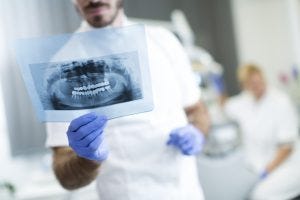

Hypoglossal Nerve Stimulation - When your airway muscles lose their tone during sleep, a mild electrical stimulation can cause them to firm up and allow air to pass through again. This stimulation is provided by a small device which is implanted during same-day, outpatient surgery. These implants are sometimes called “Inspire” devices, after the first FDA-approved version.
Tonsillectomy/Adenoidectomy - In rare cases, the tonsils or adenoids can become swollen enough to cause sleep apnea. If this happens frequently, your doctor may recommend removing them.
UPPP (Uvulopalatopharyngoplasty) - The UPPP procedure is used to remove excessive tissues from the soft palate and pharynx to open up space. This procedure can also reduce the amount that patients snore.
Maxillomandibular Advancement - This surgery involves cutting and lengthening both the upper and lower jaw to create more room for your airways.
Genioglossus Advancement - Your tongue can obstruct your airways in a variety of ways, from falling backward during sleep, to being too large for your mouth. Genioglossus advancements move the lower jaw forward to give more space for your tongue to exist.
How To Make CPAPs More Comfortable
While researching CPAP alternatives you should still use your CPAP device to treat your sleep apnea or you could suffer adverse health effects– including the risk of high blood pressure, heart attack, and stroke.
In the meantime, you can try these tips to increase your comfort:
- Try using a different type of CPAP mask
- Use your CPAP with a humidifier
- Use a CPAP mask liner or gel to reduce irritation
- Try using a CPAP pillow to comfortably sleep on your side without getting tangled in your tubes
- Make lifestyle changes that support your sleep medicine– such as quitting smoking or drinking alcohol before bed
Regularly cleaning your CPAP supplies
How to Get a CPAP Alternative
The first step in seeking any alternative treatment should always be to talk to your doctor or healthcare professional. They can discuss which treatment options are right based on your individual sleep health needs.
Then, reach out to CPAPsupplies.com! From oral appliances to positional therapy, your dedicated Sleep Specialist can help you choose the right devices and get you back on track to a good night’s sleep.

